Top Nudibranch Photos from August 2023

Almost every day, I share Nudibranch and Sea Slug photos from tags I get around the world. Below are the most liked photos of August 2023. Be sure to follow me on Instagram here to see the daily posts!
What is a Nudibranch anyways? They are colorful Sea Slugs found all over the world in beautiful varying colors, sizes and shapes. About 3,000 different species have been identified and more are discovered every year. Nudibranchs capture the wonder and beauty of the ocean - help me teach the world about them!

Cape Silvertip Nudibranch (Janolus Capensis) surrounded by strawberry anemones 📸 @melichouuux 📍 False Bay, South Africa
This species is endemic to the South African coast and is found only from Saldanha Bay to East London, from the intertidal border to at least 40m. Their rhinophores are white and rolled. They are separated from one another by an opaque white spherical mass of unknown function known as the rhinophoral crest.

Ocellate Phyllidia (Phyllidia ocellata) 📸 @nickhobgoodimages 📍East Timor
This species is probably confined to the central Indo-West Pacific Ocean. It is common in Indonesia and occurs from Malaysia to the Solomon Islands. Like many nudibranchs, Phyllidia ocellata feeds on sponges.
 McDonald's Dorid (Limacia mcdonaldi) 📸 @anahi.berom 📍Baja California
McDonald's Dorid (Limacia mcdonaldi) 📸 @anahi.berom 📍Baja California
The possibility of Limacia cockerelli being two or more species was discussed frequently by observers before this species was described in 2017. They were distinguished as the red form and orange form (= L. mcdonaldi) by the color of the rhinophores and gills but have recently been differentiated by range with the Limacia cockerelli ending in San Diego and the Limacia mcdonaldi going all the way to Baja California.

White-Lined Dirona (Dirona albolineata) 📸 @salty_old_josh📍Vancouver Island
This species occurs in the Eastern Pacific Ocean from Alaska to San Diego, California. Dirona albolineata can reach a length of about 180 mm (7.1 in). This species, like others in the genus, is translucent with large, broad and quite flat cerata. In these nudibranchs the cerata lack cnidosacs. The most common D. albolineata is translucent with opalescent white outlining the cerata and the midline of the tail, but the color varies from white through rose pink, pale orange, lavender to a rufous shade. These nudibranchs are carnivores that feed on a wide variety of prey, mostly on bryozoans, on small crustaceans, hydroids, ascidians, and snails. They can be found all the year around in the shallow subtidal cold waters, at depths of 0 to 28 m.



Regal Sea Goddess (Felimare picta) 📸 @mariano.palmieri_wildlife 📍Centro Subacqueo Idea Blu, Italy
The largest of the Mediterranean Nudibranchs: 1) Rhinophore 2) Gill Plume 3) Mating process
Are you an underwater photographer? Be sure to tag me in your Nudibranch and Sea Slug Photos and video! I'd love to share them with the Nudi Colony!
No comments

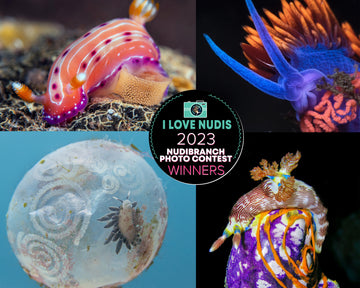



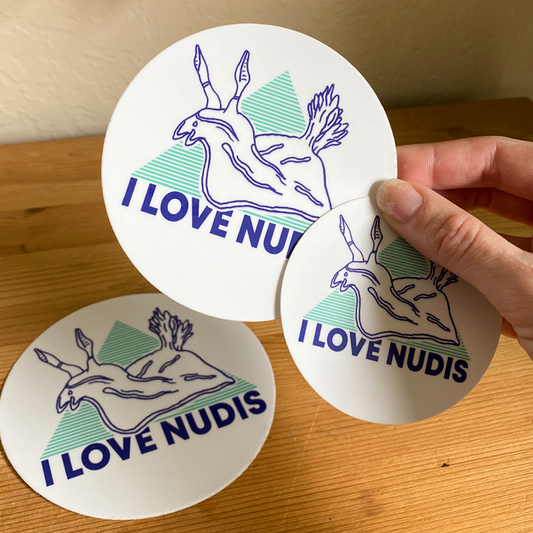


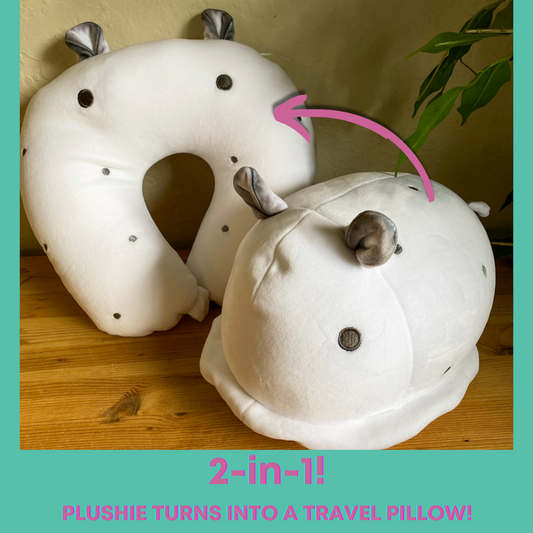
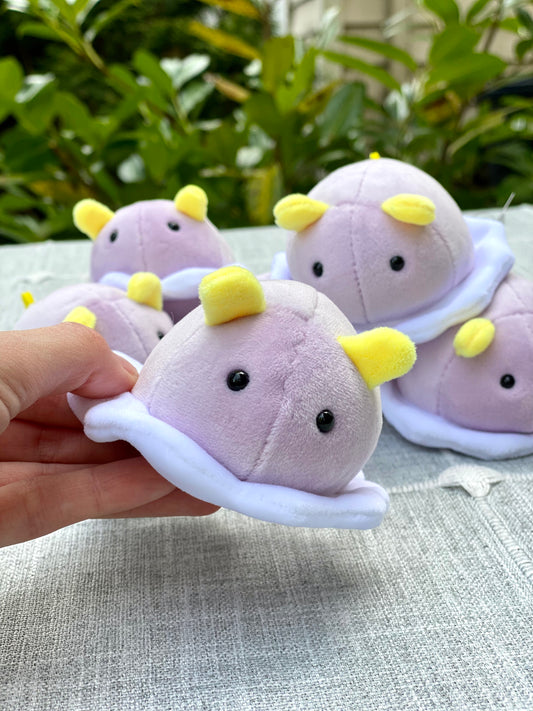
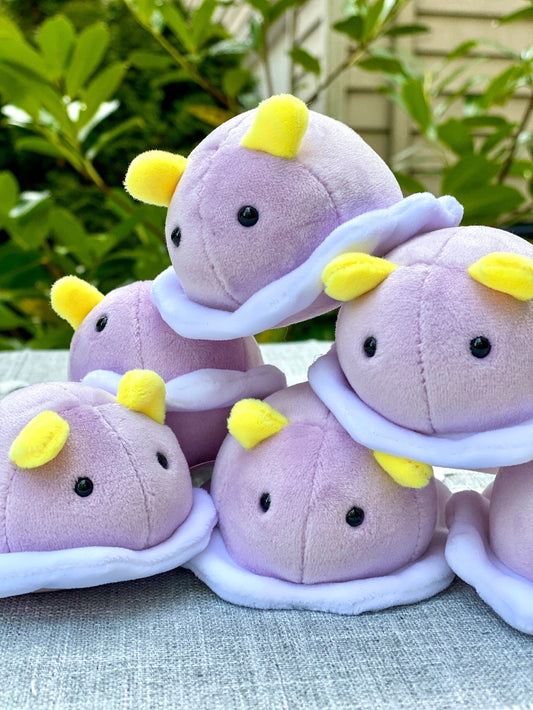
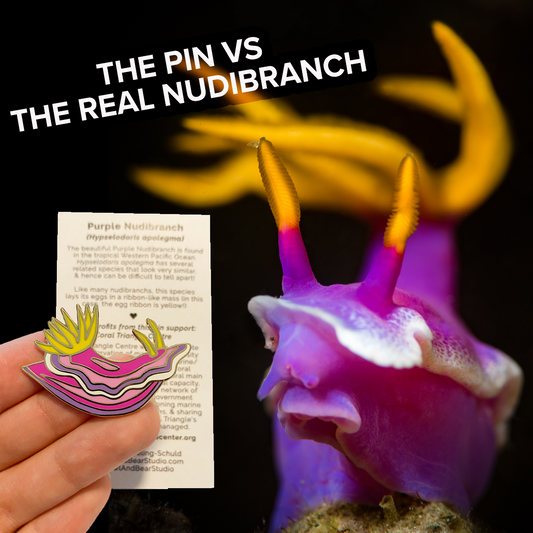
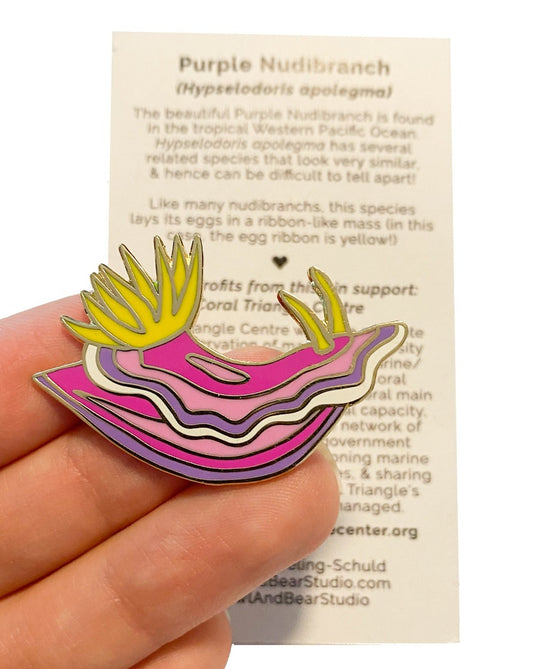
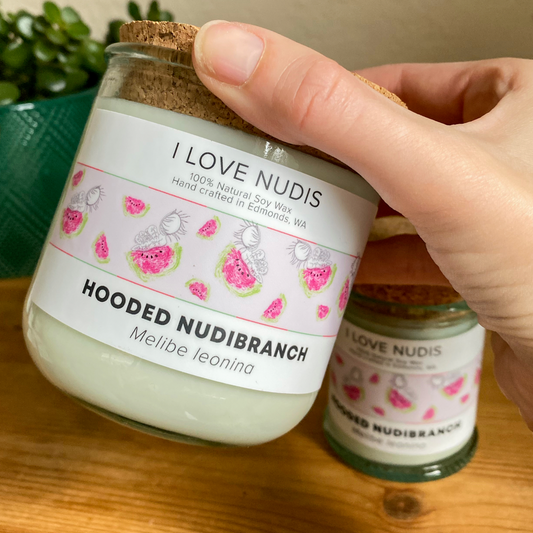
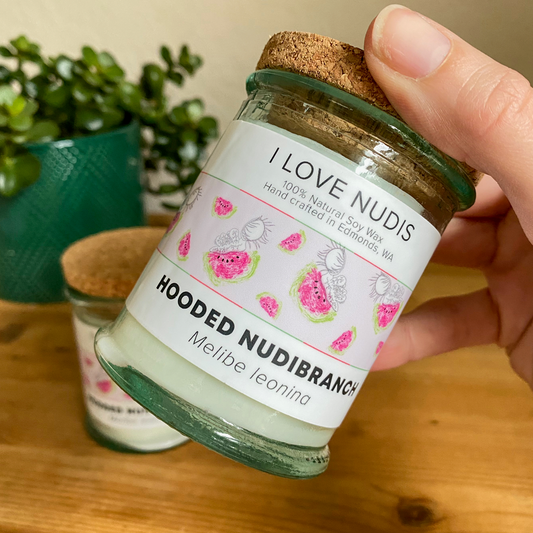
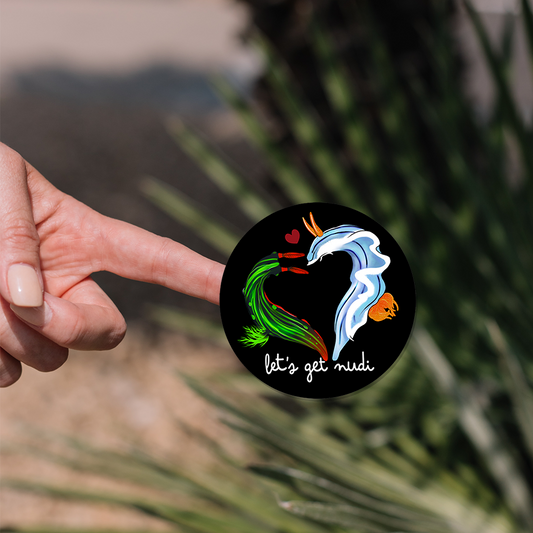
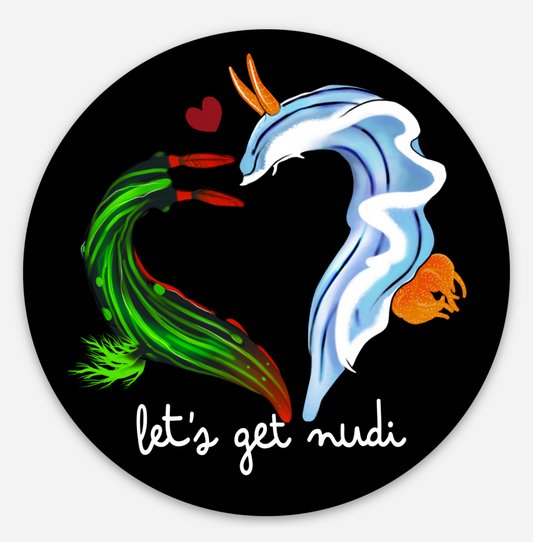


0 comments